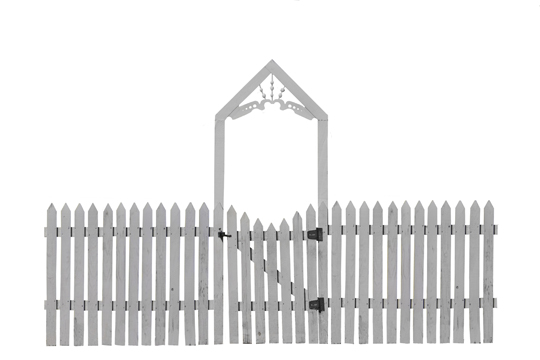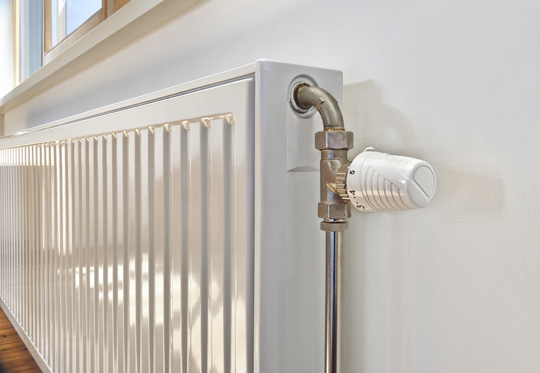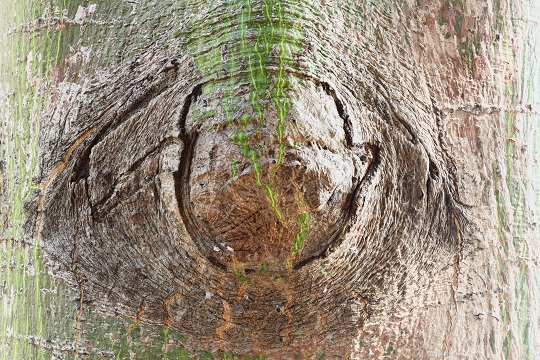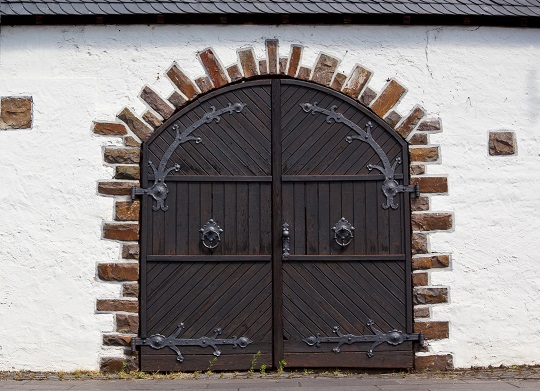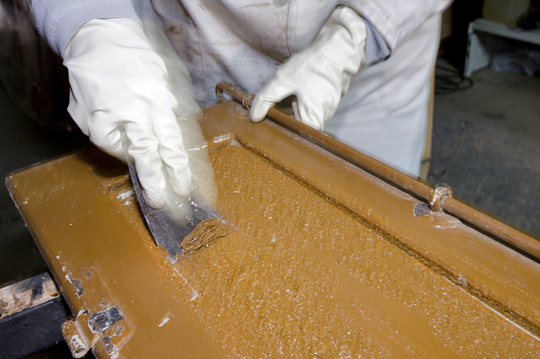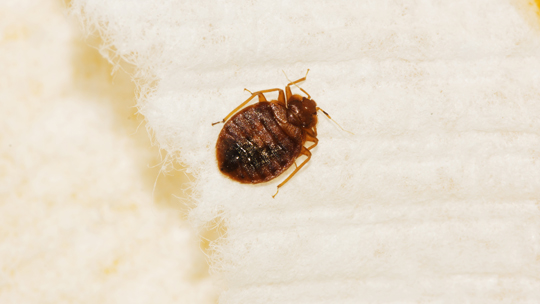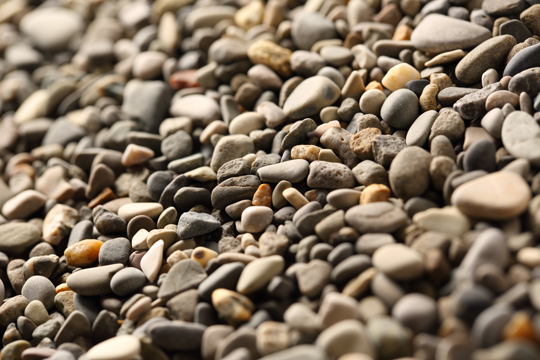Consider different chair rail designs when you are looking to create added interest in any room. A chair rail typically wraps around the center of the room and was originally designed to prevent chairs from dinging walls. It is now just as much a decorative piece as it is functional, and there are many design options on today’s market. It often stands alone, but can also be found atop wood paneling. Here are three basic options for chair rail designs in your home.
Two-Piece
This type of chair rail will actually consist of a backer board (designed for the purpose of holding a chair rail) and the chair rail itself. You can customize this design by choosing different cuts of trim with which to form the top piece of the chair rail.
Three-Piece
This type of chair rail consists of the backer board, a stop bead, and a layer of half rounds. The appearance of this type can be altered depending on the profile of trim you choose for the stop bead.
Ledge
This type of chair rail creates a small ledge at the top of the design. It consists of a bullnose piece that sticks out on top of a backer board, and a small piece of molding to finish out the angle where they meet.
These are the most popular types of chair rail designs, although there are certainly more. Additionally, not all chair rails are made of wood. There are many companies that supply all types of molding — chair rail included — in other materials. If no one in your house will touch your molding (like with crown molding, for example) they can make it in Styrofoam. In the case of chair rails, they will usually be constructed out of a durable polystyrene resin that only needs a coat of paint.
Not Sure?
If you are not sure where to begin, a professional’s help may be required. TalkLocal can find you the right professional for the job. He or she will be local, and our service is completely free. You will be on the phone with someone to answer your questions in minutes.


